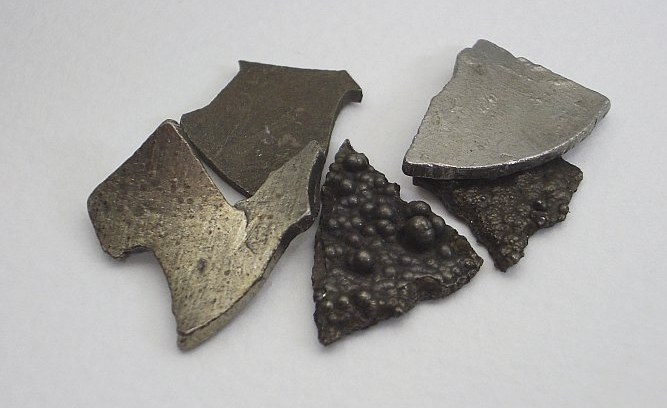Minerals like lithium and cobalt are key components in the batteries that could support the world’s transition away from fossil fuels. The Democratic Republic of Congo (DRC), Africa’s second-biggest country by land mass, is rich in both those elements.
But for much of its recent history, the hunger for minerals has caused environmental damage and stoked violent conflict, contributing to the country’s protracted humanitarian crisis.
Ahead of the International Day of Peace on 21 September, we sat down with Corey Pattison from the United Nations Environment Programme (UNEP) Disasters and Conflict Branch to discuss how natural resources can be integrated into peacebuilding efforts.
DRC is rich in natural resources and has 70 per cent of the world’s cobalt. Has that been both a blessing and a curse?
Corey Pattison (CP): Indeed, the territory of the DRC is rich in natural resources. This includes timber, oil and gas, gold and diamonds, as well as minerals critical to the energy transition, like cobalt and copper. DRC is one of the most biodiverse areas in the world. It is also a country facing many development challenges. It ranked 179 out of 191 countries and territories worldwide on the 2021 Human Development Index, and in 2018, over 70% of Congolese, about 60 million people, lived on less than $1.90 a day.
Part of the challenge is that the institutional history of the DRC is profoundly shaped by the extraction of resources–which has historically not benefitted local communities. This and other governance challenges have led to insecurity and poverty, which create the conditions for cycles of violence.
How does cobalt mining impact the environment and society?
CP: The DRC has around 3.5 million metric tonnes of cobalt reserves. Minerals such as cobalt and copper are critical to the electrification of energy and transport; they are used in everything from electrical vehicle batteries to solar panels and wind turbines. This puts the DRC at the centre of the decarbonization transition, with potential benefits from foreign investment, revenue and job creation. However, this massive exploitation of resources also has profound negative consequences, such as the destruction of critical ecosystems and pollution. The governance of the extractive resources also increases inequality.
How does environmental degradation lead to conflict in the DRC?
CP: Cycles of violence have occurred in the DRC over the past decades, and natural resources are widely acknowledged to have played a role in these cycles. According to numerous studies, including the UN Group of Experts on the DRC, it is clear that mining plays quite a substantial role in the financing of armed groups. Extracting these resources puts tremendous pressure on the country’s biodiversity, with poaching, pollution, deforestation and soil erosion threatening biodiversity.
For more than a decade, UNEP has supported environmental peacebuilding in the DRC. What have we learned during that time?
CP: Firstly, that growth needs to be inclusive and sustainable. We must partner with the Government in promoting a diversified development model. The second message is that the DRC’s green transition and economic development must focus on creating decent work for marginalized communities, young people and women.
Can you describe UNEP’s work in the DRC?
UNEP is working with the DRC’s government to develop a national plan for the extraction of minerals like cobalt. The plan would focus on minimizing the environmental impact of mining. We are also exploring whether local and international institutions can help resolve conflict around mineral extraction, including through processes like revenue sharing and dispute resolution.
Can this work in the DRC be replicated in other countries?
CP: Many issues around cobalt extraction and environmental security are specific to the DRC, but the demand for minerals stresses local ecosystems, communities and host areas in several other regions and countries as well.
Beyond the DRC, we’re currently analyzing how these dynamics unfold in other countries with large deposits of critical minerals, including Brazil, Madagascar, Myanmar, Central African Republic and Kazakhstan. The common thread in all of these contexts is that the exploitation of mineral resources has the potential to be an opportunity to increase prosperity but at the same time, presents profound risks to local communities and ecosystems. The world needs to decarbonize. But that process should take into account the needs of developing countries.
Source:
